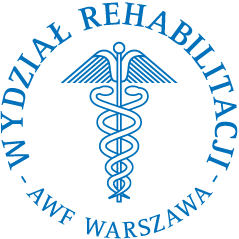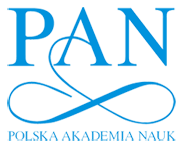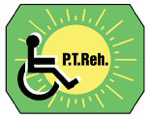


|
Current issue
Archive
Manuscripts accepted
About the journal
Editorial board
Reviewers
Abstracting and indexing
Contact
Instructions for authors
Publication charge
Ethical standards and procedures
Editorial System
Submit your Manuscript
|
2/2020
vol. 34 abstract:
Original article
Study on the effect of TENS, exercise and friction massage on the masseter regarding masseter-derived cervical myofascial pain
Ece Debre
1
,
Kerem Alptekin
2
,
Jülide Öncü Alptekin
3
,
Ashley Giritharan
4
Advances in Rehabilitation, 2020, 34(2), 1–9
Online publish date: 2020/04/08
View
full text
Get citation
ENW EndNote
BIB JabRef, Mendeley
RIS Papers, Reference Manager, RefWorks, Zotero
AMA
APA
Chicago
Harvard
MLA
Vancouver
Background
This study, investigated the effect of physiotherapy applications around the masseter on neck pain in individuals with masseter-derived cervical myofascial pain. Material and methods The study included 90 participants between the ages of 18-30 who attend Bahçeşehir University. Their average age was 24.5 ± 2.4. The participants were divided into three groups: the transcutaneous electrical nerve stimulation (TENS) group (n = 30), the control group (n = 30), and the friction group (n = 30). A different intervention was applied to each group three times a week for four weeks. The TENS group received conventional TENS application and relaxation exercises. The control group performed exercises for respiration, posture, and range of motion. The friction group received masseter muscle friction massage and performed a relaxation exercise program which included exercises for the mandibular joint. All of the evaluation parameters were repeated at the end of the twelfth session for each group. Results After treatment, scores of the visual analogue scale (VAS), Neck Pain and Disability Inventory, Beck's Depression Inventory, and State-Trait Anxiety Inventory were found to be significantly lower (p 0.05). Conclusions Once again, we found the importance of exercise and described the anatomical relationship between the cervical region and the temporomandibular region. However, TENS, relaxation exercises and friction massage applications have no advantages over one another. keywords:
neck pain, masseter muscle, Myofascial Pain Syndrome |
    |